Yu Yang (pictured) is back with a Wang, only defending Olympic champion to return as the top seed. On paper, only Tian/Zhao can touch them but the rest of the field is poised to fly into the ointment.
By Don Hearn, Badzine Correspondent. Photos: Badmintonphoto (archives)
Pointing out that when Olympic qualifying finished, the world’s top 8 in women’s doubles belonged to China, Korea, and Japan with a single Danish incursion may actually understate the dominance in this discipline.
Not the Asian dominance, certainly. That is unmistakable. Rather, the Chinese dominance goes beyond simply having the world #1 and #2 pairs. After all, that is the case in mixed doubles as well, a far less predicatable event than the women’s game.
Since May 3rd, of course, two more Chinese pairs have made their expected entries into the top 8. Even if their Olympic quest will begin a few years from now, their recent success underlines the fact that this discipline belongs to the Middle Kingdom.
But since the autumn of 2010, Zhao Yunlei / Tian Qing and Yu Yang / Wang Xiaoli (pictured right) have established a stranglehold on the top of women’s doubles that hasn’t been seen in at least a decade.
The head-to-head records for the top dozen pairs (see the bottom of this article) tell the tale quite completely. Apart from losing to each other, Wang/Yu and Tian/Zhao have been beaten, respectively, only once and twice during their joint reign, the start of which corresponds roughly with the retirement of Korea’s Lee Hyo Jung and Lee Kyung Won, the last pair to record double-digit wins over Chinese pairs.
The rest from the east
Korea, the only other nation to win Olympic gold in women’s doubles, again heads into the Olympics with the top pair from outside of China. However, that one pair of gold medals went to the peninsula 20 years ago.
Fast forward to 2012 now, when the sole win by Ha Jung Eun / Kim Min Jung (pictured left) over the mighty Wang/Yu – in the cauldron in Seoul’s Olympic Park, where they could almost feel the breath of a thousand frenzied fans only metres away – was only the Koreans’ second against any top Chinese pair.
Japan, on the other hand had a choice from among 3 pairs in the top 8 and instead of sending Matsuo/Naito – who became the first non-Chinese pair to get the better of Tian/Zhao at last year’s All England – they went with Miyuki Maeda / Satoko Suetsuna (pictured below right), who pulled off their first ever upset of a Chinese pair when they eliminated defending champions Yang Wei / Zhang Jiewen from their home Olympics.
If that’s how it ends, how will it start?
Before things really kick into gear for the overwhelming favourites, though, the group round in women’s doubles should serve up its share of uncertainty. The only pairs that will really be breathing easy – apart from the nearly invincible Wang/Yu of course – will be Ha/Kim and Greysia Polii / Meiliana Jauhari, who were drawn into Group C along with two of the three continental qualifiers. Still, when the two Asian pairs go toe-to-toe, they’ll be highly motivated to top their group, as the #2 pair is almost certain to face Wang/Yu in the quarter-finals.
For the Koreans, though, topping Group C will mean a likely showdown with compatriots Jung/Kim, who won their most recent match by default. However, while Jung and Kim have never faced the Russians together, they have played some wild ones against the two Europeans with their former partners and are by no means guaranteed the second spot in Group A, whose fourth pair, Canada’s Bruce/Li, has been further hobbled by food poisoning.
Group B is by far the most interesting. The only one of the four pairs that has never been in a Superseries final just happen to be last summer’s World Championship semi-finalists Jwala Gutta / Ashwini Ponnappa of India. The group’s seeded pair, Mizuki Fujii / Reika Kakiiwa of Japan, have lost to both the Indians and to Sari/Yao and have a losing record against veterans Cheng/Chien, the only players in the draw who have been to two Olympics, apart from South Africa’s Edwards.
Group D is not exactly a done deal, either. Tian/Zhao managed to end up in a group with the only unseeded pair that has beaten them, Kamilla Rytter Juhl / Christinna Pedersen of Denmark. Meanwhile, Hong Kong’s Poon Lok Yan / Tse Ying Suet (pictured) can take solace in the fact that they have beaten, and enjoy an even record against, both the Danes and Maeda/Suetsuna.
Some drama, please!
In fact, the preliminary rounds are somewhat crucial to the watchability of women’s doubles this year. If all just goes according to the seeding, not only will we end up with episode #12 of Wang/Yu vs. Tian/Zhao in the final, but this could even be preceded by a quarter-final featuring Korea vs. Korea and Japan vs. Japan.
The group format may insulate the top pairs against early upsets but in this field, the two at the very top need very little help with that. However, with a young field – three of whom have not yet turned 21 – the extra matches will be a gift to those eager for experience as well as those bent on winning.
The preliminary round groupings are as follows:
| Group A:
Wang Xiaoli / Yu Yang (CHN) |
Group B:
Mizuki Fujii / Reika Kakiiwa (JPN) |
| Group C:
Ha Jung Eun / Kim Min Jung (KOR) |
Group D:
Tian Qing / Zhao Yunlei (CHN) |
For more information, visit the official website for the London Olympics
Results and draws available on tournamentsoftware
Please see below the head-to-head records for the top twelve pairs. Details missing from tournamentsoftware have been corrected and are noted below. Matchups within the preliminary round groups are shown in italics.
| Wang Yu |
Tian Zhao |
Ha Kim |
Fujii Kakiiwa |
Pedersen Rytter Juhl |
Maeda Suetsuna |
Jung Kim |
Cheng Chien |
Jauhari Polii |
Sari Yao |
Poon Tse |
Gutta Ponnappa |
|
| Wang Yu |
8-3† | 7-1 | 4-0 | 1-0 | 3-0 | 1-0 | 4-0* | 1-0 | 3-0* | 6-0 | 2-0 | |
| Tian Zhao |
3-8† | 4-0 | 2-1 | 5-1 | 2-0 | 3-0 | 3-0 | 2-0 | 2-0 | 1-0 | 6-0† | |
| Ha Kim |
1-7 | 0-4 | 3-3 | 4-1 | 3-1 | 3-1 | 3-3 | 3-1 | 6-1 | 2-1 | 3-0 | |
| Fujii Kakiiwa |
0-4 | 1-2 | 3-3 | 1-3 | 0-2 | 1-3 | 2-3 | 1-1 | 2-1 | 4-0 | 2-1 | |
| Pedersen Rytter Juhl |
0-1 | 1-5 | 1-4 | 3-1 | 3-1 | 3-0 | 1-1 | 2-0 | 1-1 | 2-0 | ||
| Maeda Suetsuna |
0-3 | 0-2 | 1-3 | 2-0 | 1-3 | 0-2 | 1-11 | 4-1 | 1-2 | 1-1 | 4-1 | |
| Jung Kim |
0-1 | 0-3 | 1-3 | 3-1 | 0-3 | 2-0 | 1-2 | 3-1 | 1-0 | 1-1 | ||
| Cheng Chien |
0-4* | 0-3 | 3-3 | 3-2 | 1-1 | 11-1 | 2-1 | 4-2†† | 3-3 | 4-0 | 2-1 | |
| Jauhari Polii |
0-1 | 0-2 | 1-3 | 1-1 | 0-2 | 1-4 | 1-3 | 2-4†† | 2-0 | 2-1 | 3-1** | |
| Sari Yao |
0-3* | 0-2 | 1-6 | 1-2 | 2-1 | 0-1 | 3-3 | 0-2 | 3-1 | 3-1‡ | ||
| Poon Tse |
0-6 | 0-1 | 1-2 | 0-4 | 1-1 | 1-1 | 0-4 | 1-2 | 1-3 | 1-1 | ||
| Gutta Ponnappa |
0-2 | 0-6† | 0-3 | 1-2 | 0-2 | 1-4 | 1-1 | 1-2 | 1-3** | 1-3‡ | 1-1 |
† Includes one win for Tian/Zhao at the 2010 Asian Games
†† Includes one win for Jauhari/Polii at the 2010 Asian Games
* Includes one win for Wang/Yu at the 2010 Asian Games
** Includes one win for Gutta/Ponnappa at the 2010 Asian Games
‡ Includes one win for Gutta/Ponnappa at the 2010 Commonwealth Games
![OLYMPIC WD Preview – It’s Yu again? Yu Yang (pictured) is back with a Wang, only defending Olympic champion to return as the top seed. On paper, only Tian/Zhao can touch them but the rest of the […]](https://www.badzine.net/wp-content/uploads/Newsflash-thumbnail.png)
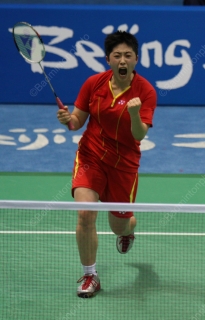
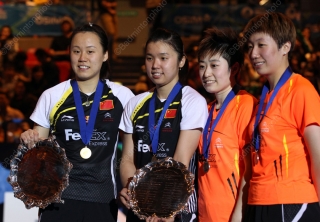
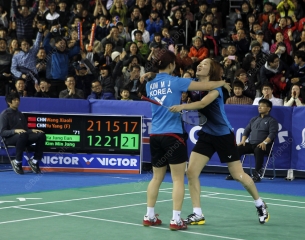
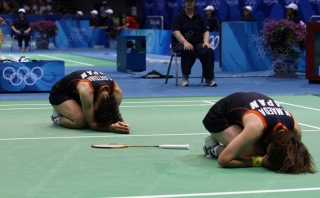
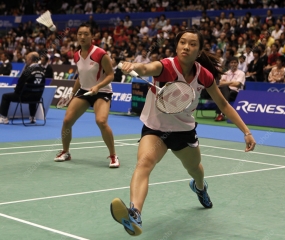

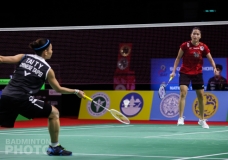
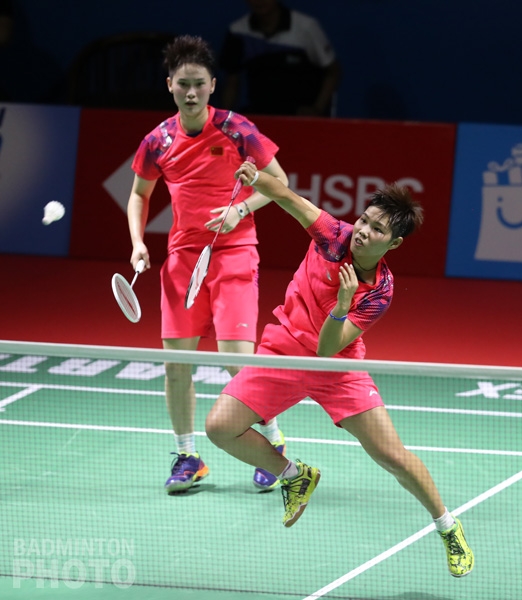
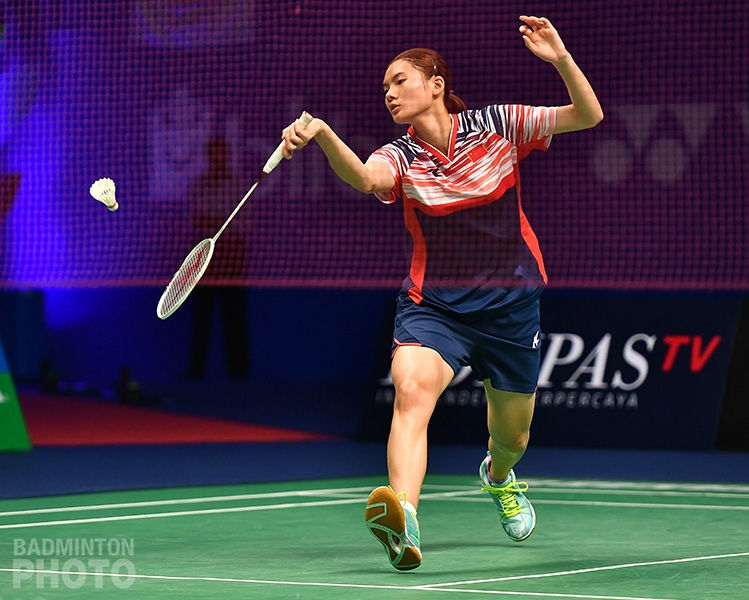
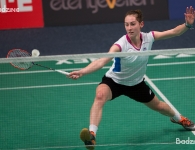
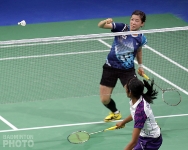

Leave a Reply